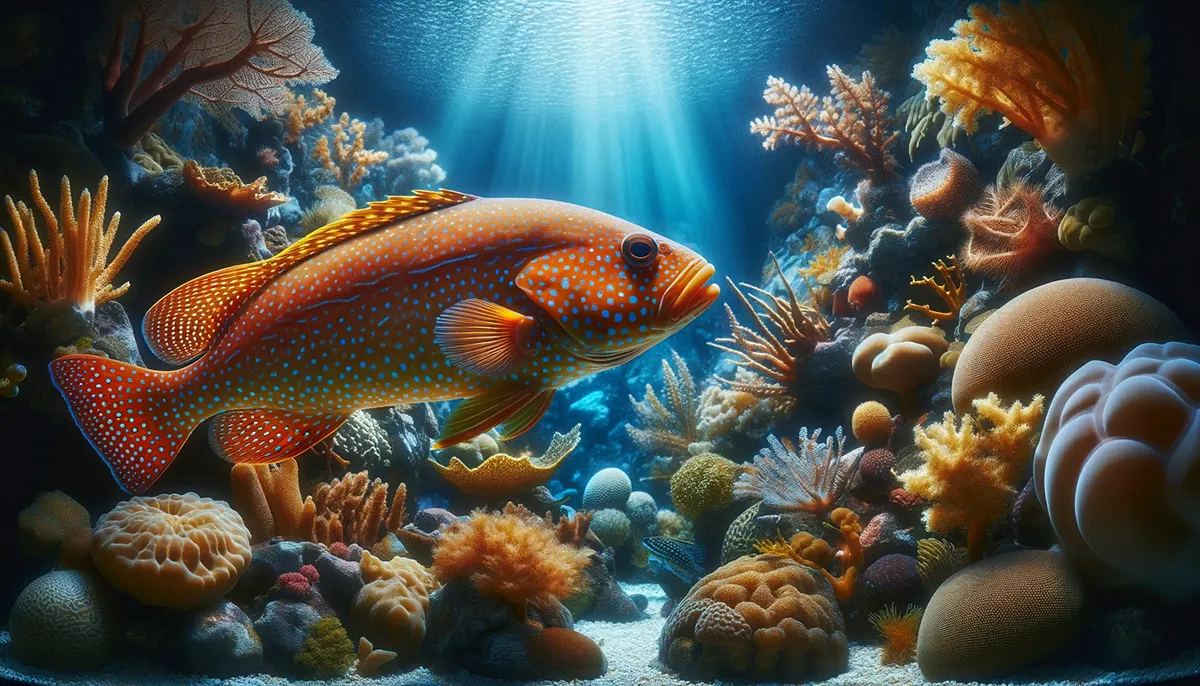G’day, mates! If you’re keen on chasing the most stunning reef fish the ocean has to offer, then you’ve gotta try your hand at coral trout fishing. These beauties are not just any fish; they’re like the jewels of the sea, famous among anglers for their brilliant bright blue spots dancing on a lush reddish body. It’s no wonder every fisho dreams of hooking a coral trout.
Now, these trout aren’t just about good looks; catching them is a real art. They’re clever, they’re picky, and they know how to put up a proper fight. That’s why we’re here to give you the inside scoop on nailing coral trout fishing. Whether you’re a seasoned angler or just starting, we’ve got the tips and tricks to help you land that prized catch sustainably.
And hey, while we’re talking gear, have a squiz at ReelBoss for top-notch fishing lines that’ll make your trout adventure a breeze. Our lines are built tough to handle the reef’s challenges and clever enough to outwit the smartest trout in the blue. Check it out at ReelBoss and gear up for success. Let’s dive into the ultimate guide to catching coral trout and make your fishing tales legendary!
Understanding Coral Trout
Moving on to understanding these beauts, these trouts are not your average fish. They call the vibrant coral reefs home, especially around the iconic Great Barrier Reef. This is where they thrive, darting among the corals, showing off their colors, and hunting for their next meal.
These coral trout are a bit picky with their diet, preferring a good chase before they bite. That’s why they’re such a catch for anglers. But it’s not just about the thrill of the catch; it’s about respecting their home. The coral reefs are more than just pretty undersea landscapes; they’re the lifeblood for coral trout and countless other marine critters.
So, when we’re out there trying to snag a coral trout, remember, we’re visitors in their colorful, underwater world. Keeping those reefs healthy is key to making sure future generations can enjoy fishing in these waters just as much as we do. It’s all about taking only what we need and leaving the rest to flourish.
Best Gear for Catching Coral Trout
Alright, let’s get ready to reel in that sought-after trout. Picking the proper gear is crucial for your fishing trip, especially when you’re after a clever and stunning catch like the coral trout.
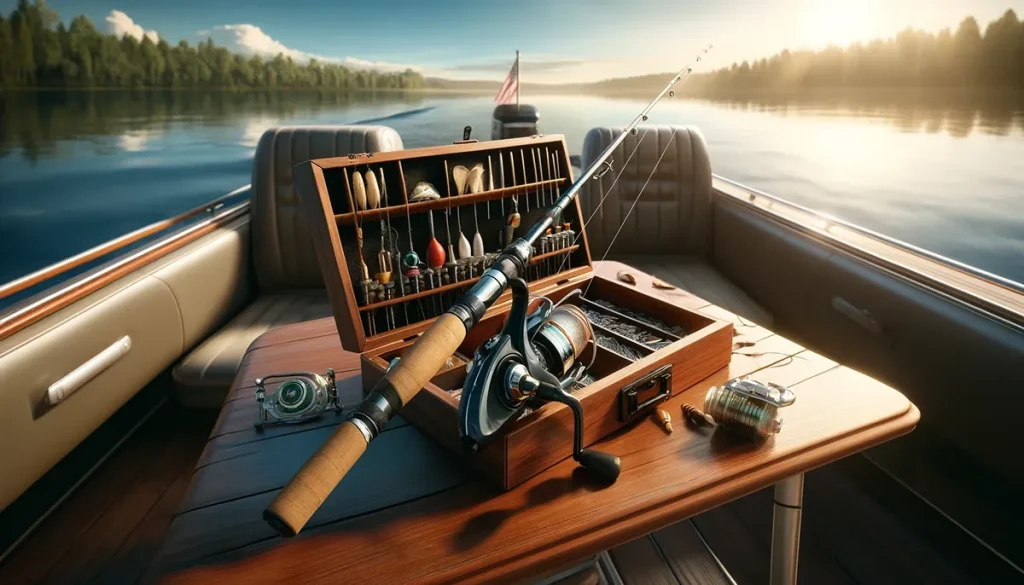
Rods
For coral trout, you want a rod that’s both sturdy and sensitive. A medium to heavy action rod gives you the backbone to pull these fighters away from the reefs, yet sensitive enough to feel the lightest nibble. A length of around 7 to 8 feet allows for precise casting near coral reefs and can handle the sudden dives coral trout are known for.
Reels
Spinning reels are a top choice for coral trout fishing because of their ease of use and versatility. Look for reels that can hold a good amount of heavy braid and have a smooth, strong drag system to handle the initial strike and the ensuing battle. A reel size of 4000 to 5000 is ideal for balancing power and usability.
Lures
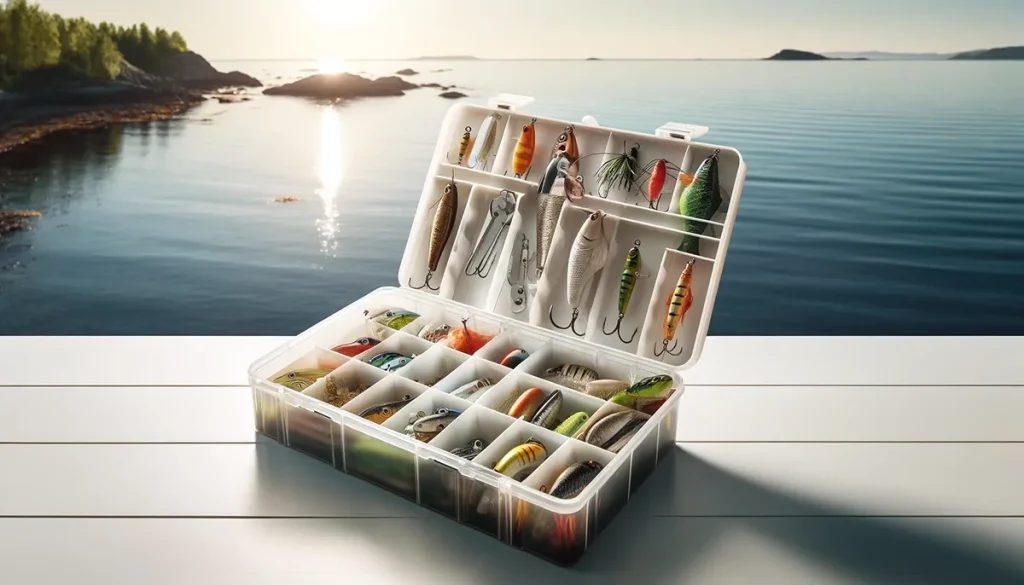
When it comes to fishing for these trouts, the right lure can make all the difference. These predators are clever and picky, requiring a bit of finesse and the perfect lure to tempt them out of their coral reef hideouts. From the shallows to the deep blue, here are the top lures that’ll have coral trout leaping onto your hook in no time.
Soft Plastic Minnows
Soft plastic minnows that mimic small fish are irresistible to coral trout. Rig them on a jig head or weedless hook and work them close to the coral reefs. The lifelike swimming action is perfect for enticing a bite.
Poppers
Poppers work wonders on trouts when fished over shallow coral reefs. The splashing and popping mimic distressed prey on the surface, triggering aggressive surface strikes from coral trout lurking below.
Metal Jigs
Metal jigs are great for deeper waters around the Great Barrier Reef. Their shiny, fluttering descent imitates a wounded baitfish, perfect for deep-dwelling coral trout. Varied retrieval speeds can trigger strikes from curious trout.
Fishing Lines
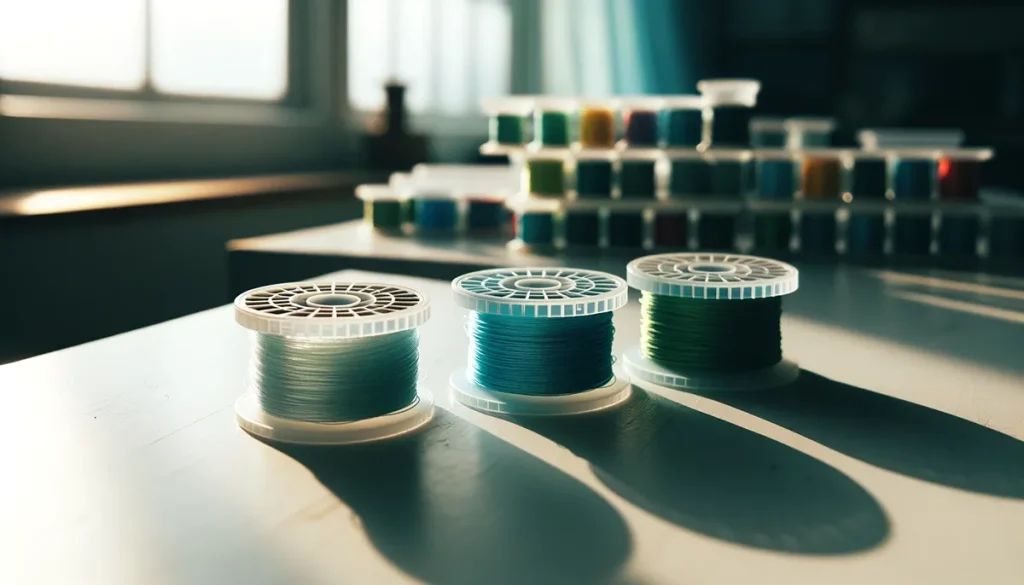
Choosing the right fishing line is as crucial as selecting the perfect lure when it comes to coral trout fishing. These magnificent reef dwellers are known for their fight, making it essential to have a line that’s both strong enough to withstand their power and sensitive enough to detect their subtle bites. Here’s a rundown of the best fishing lines to ensure your coral trout adventures are both successful and sustainable.
Braided Line
A high-quality braided line is essential for coral trout fishing, offering the strength to pull fish away from sharp corals and the sensitivity to feel subtle bites. A 20-30 lb test line is a good range for balancing strength and finesse.
Fluorocarbon Leader
Pair your braided line with a fluorocarbon leader for the best of both worlds. Fluorocarbon is nearly invisible underwater, crucial for fooling wary coral trout. A leader of about 20-30 lb test is advisable, given the abrasive nature of coral reefs.
Monofilament Line
While not as commonly used as braid for coral trout, a heavy monofilament line can be beneficial in certain situations. Its stretch offers shock absorption during aggressive strikes, and its abrasion resistance is handy around sharp corals. A 20-25 lb test line can work well.
Selecting the right gear is pivotal in coral trout fishing. It’s not just about the thrill of the catch; it’s respecting the fight these reef dwellers put up and ensuring you’re equipped to handle it, all while preserving the beauty of their coral reef habitats. With this gear, you’re well on your way to a successful coral trout catch.
Catching Coral Trout
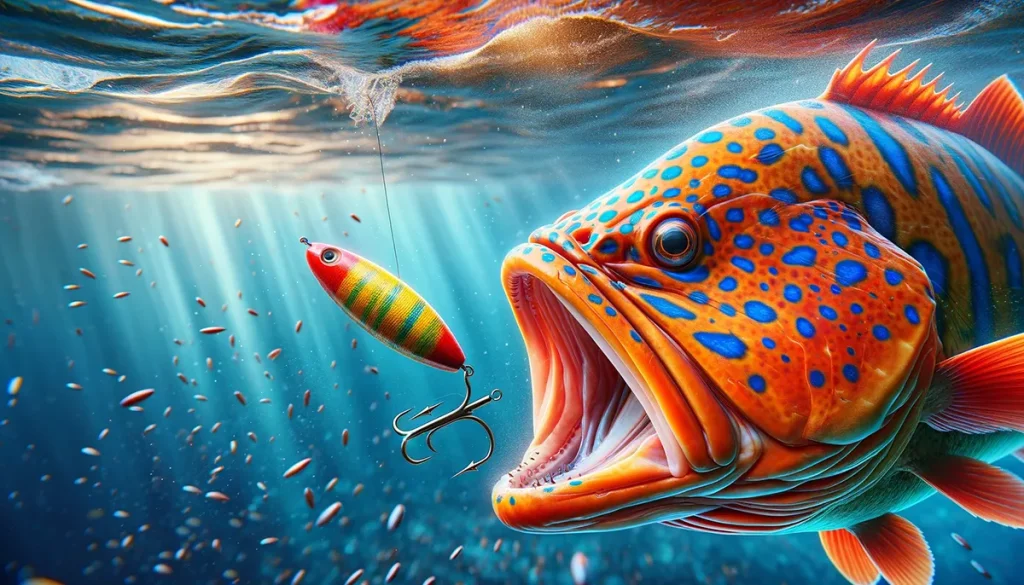
Alright, let’s crack into the nitty-gritty of snagging a coral trout. These beauts are clever and love to hang out in coral reefs, so your approach needs to be just as smart.
Techniques
When you’re after these trouts, casting near coral reefs is where the magic happens. These fish are reef dwellers, so dropping your line close to the reefs, around ledges, and over bommies where they hunt and hide boosts your chances. It’s about being strategic with your spots and stealthy with your approach.
Best Times and Locations
Timing can make a world of difference. Early morning or late afternoon, that’s when these trouts are on the prowl for feed, making them more likely to strike. As for locations, the Great Barrier Reef is unmatched. Its vast coral reefs are teeming with coral trout. Other hotspots include the outer reefs and islands where the water is clearer and the coral trout are abundant. Do your homework, check local charts, and maybe have a yarn with fellow anglers to find the best spots.
Conservation Tips
Catching a trout is a thrill, but let’s not forget about looking after them. Catch and release is key to keeping their populations healthy. When handling a coral trout, be gentle. Use wet hands or a soft wet cloth to avoid removing their protective slime coating. If you’re taking a photo, support their weight horizontally. And get them back into the water as quickly as possible. It’s all about respecting these magnificent creatures and the ecosystems they call home.
Keeping these points in mind, you’re all set for a rewarding coral trout fishing adventure, respecting both the thrill of the catch and the environment they thrive.
Catch and Release: Ensuring the Future of Coral Trout
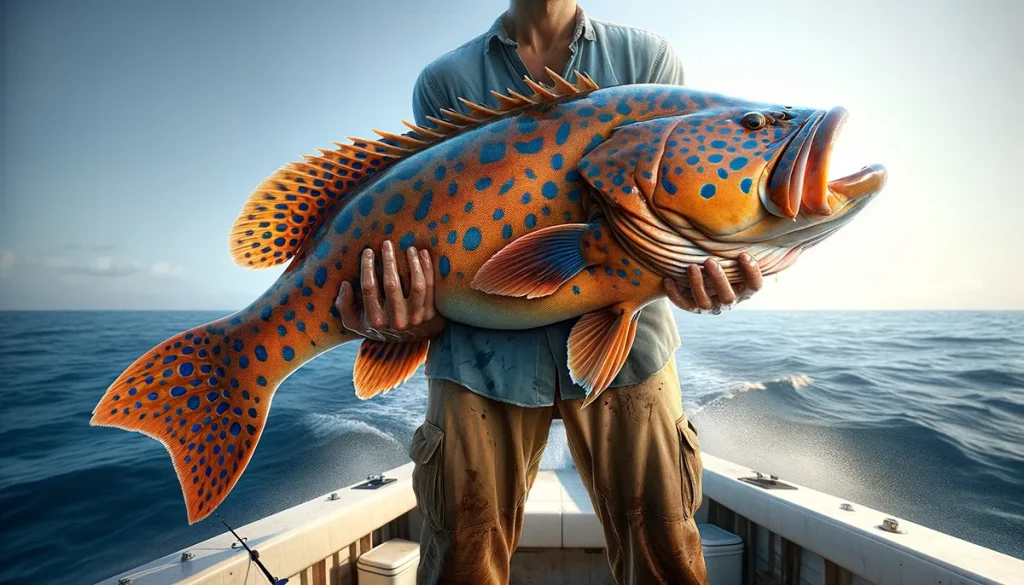
Alright, after the thrill of catching a coral trout, let’s not forget the part about catch and release. This bit’s crucial, not just for the sport but to ensure these beautiful fish are around for future generations of anglers.
Catch and release is all about keeping the coral trout as stress-free as possible. Use hooks without barbs, or flatten them out to make the release smoother. If you’ve landed a coral trout, try to handle it as little as possible and always with wet hands to protect its slime layer, which is vital for its health.
And, we’ve got to talk rules – there are legal sizes and limits when it comes to trout fishing. These aren’t just suggestions; they’re there to help keep coral trout populations thriving. Make sure you’re up to speed with the local regulations before you cast your line. It’s about making sure there’s plenty of fish in the sea, literally, for everyone to have a fair go. Let’s do our part, respect the rules, and keep coral trout fishing sustainable.
Conclusion
Wrapping up, mates, we’ve covered the ins and outs of coral trout fishing, from choosing the right gear to the best techniques, and the importance of catch and release. Catching a trout is not just about the excitement; it’s a responsibility. We’re privileged to share the water with these stunning creatures, and it’s up to us to ensure they remain a vibrant part of our coral reef ecosystems.
Remember, applying the tips and techniques we’ve talked about does more than up your fishing game; it helps protect coral trout populations and their homes. Every time we fish with conservation in mind, we contribute to the health of our oceans.
And hey, if you’re looking to gear up with the best trout lures and equipment that respects the reef and the fish, swing by ReelBoss. We’ve got what you need to make your next coral trout fishing trip a success, both for you and the environment. Let’s keep the spirit of sustainable fishing alive and enjoy the thrill of the catch for years to come. Happy fishing, everyone!
